The James Webb Space Telescope made an amazing find deep in space. It spotted six rogue planets. These are strange planets that don’t orbit a star like Earth does. Instead, they float through space all alone.
Scientists are really curious about how these planets formed and why they’re so different from the ones we know. This discovery is making everyone rethink what they know about planets.
What Are Rogue Worlds?
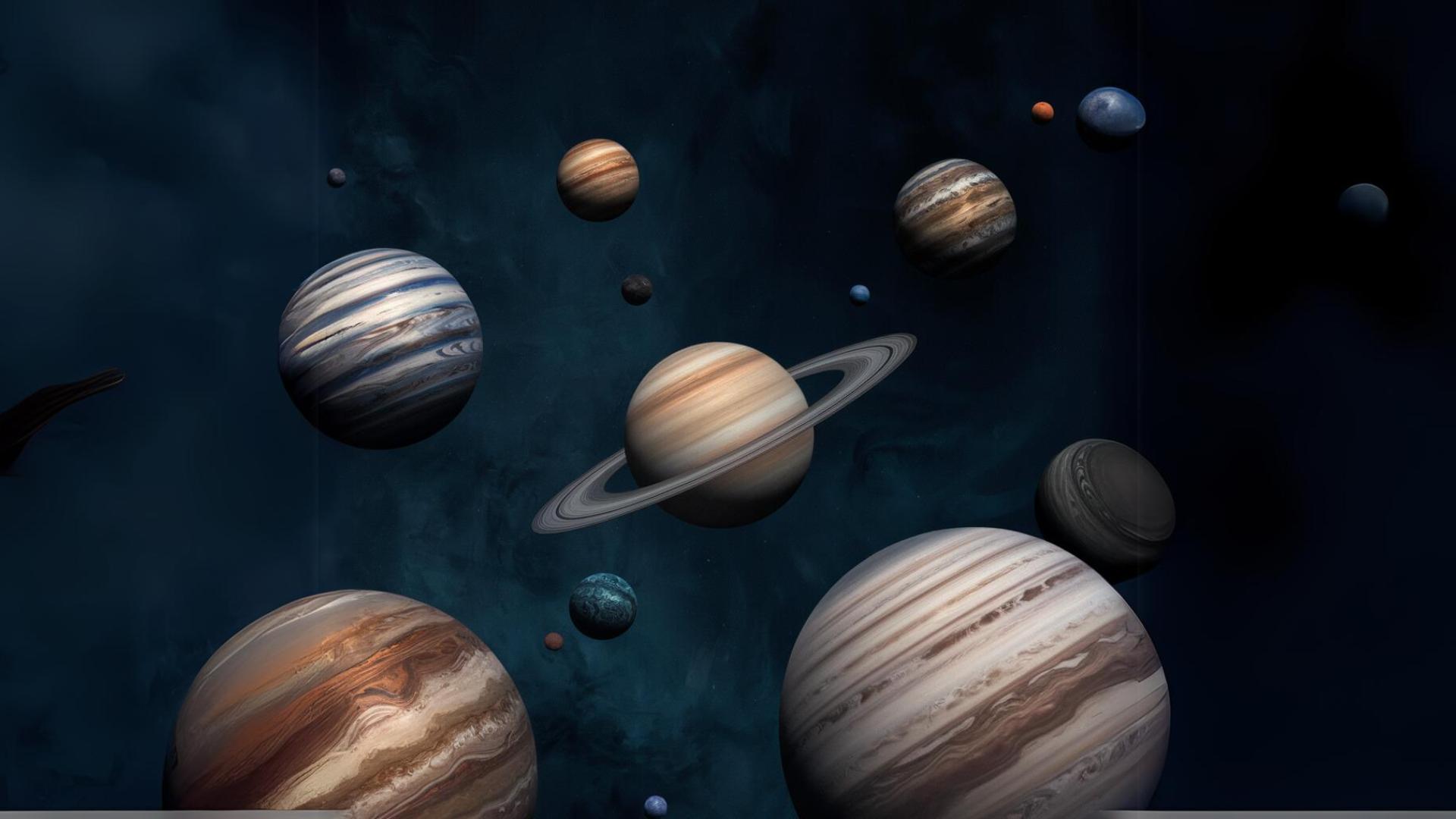
Rogue worlds are planets that don’t follow the usual rules. Unlike Earth, which orbits around the Sun, these planets don’t have a star to call home. They float freely through space, moving on their own.
Scientists believe they might have been formed differently from other planets, and their journey through space makes them some of the most mysterious objects we’ve ever found
The Discovery
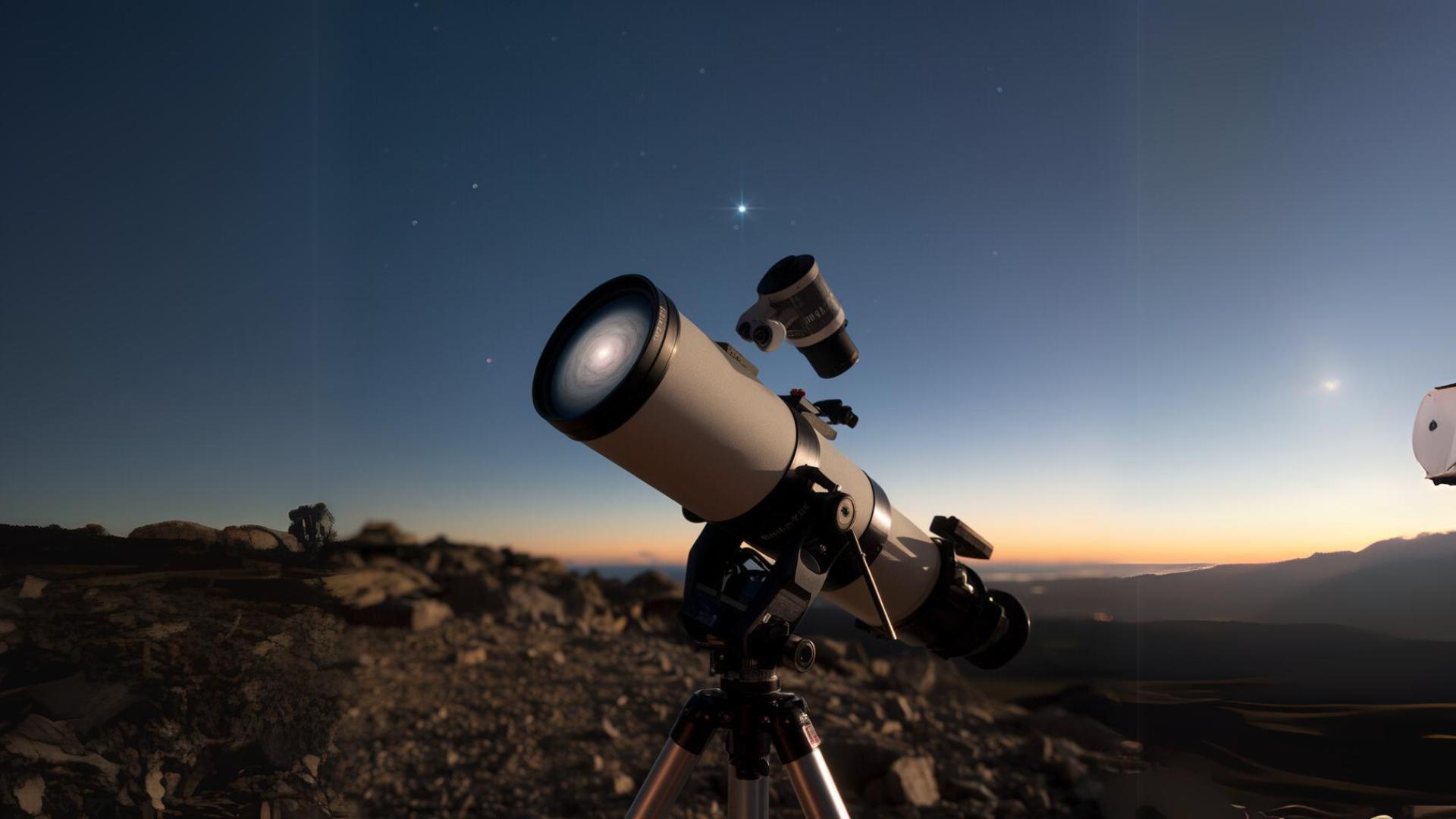
James Webb telescope found six rogue planets, each one even bigger than Jupiter, floating all by themselves in the darkness. These planets don’t have a star to orbit—they just drift alone through space. Scientists are puzzled because these planets might have formed like stars from gas clouds, but they never became stars.
Instead, they became giant planets with dusty disks around them, which is unusual. This discovery has made scientists rethink how planets and stars form, as these rogue planets don’t fit into what we usually know about the universe.
Tell Me About James Webb
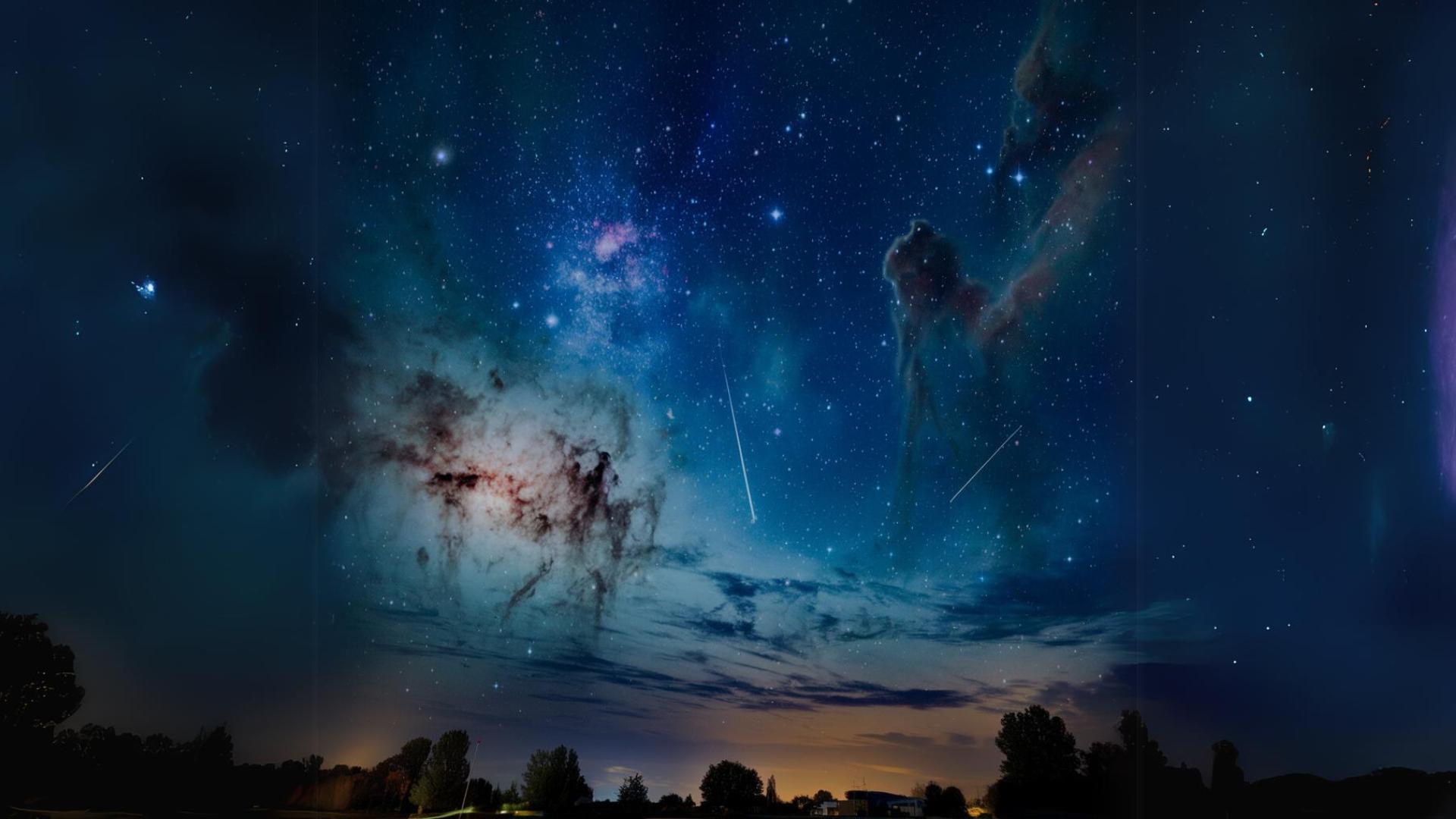
The discovery of the rogue planets was made by the James Webb Space Telescope, the most powerful space telescope ever built. Launched in 2021, it is designed to see deeper into space than any telescope before it. The Webb Telescope uses a large mirror and advanced infrared technology to capture light from distant stars, galaxies, and planets.
This allows it to see objects that are far away and very faint, like the rogue planets it recently discovered. By studying these objects, the telescope helps scientists learn more about how planets, stars, and galaxies form and evolve over time.
Almost Stars, But Not Quite
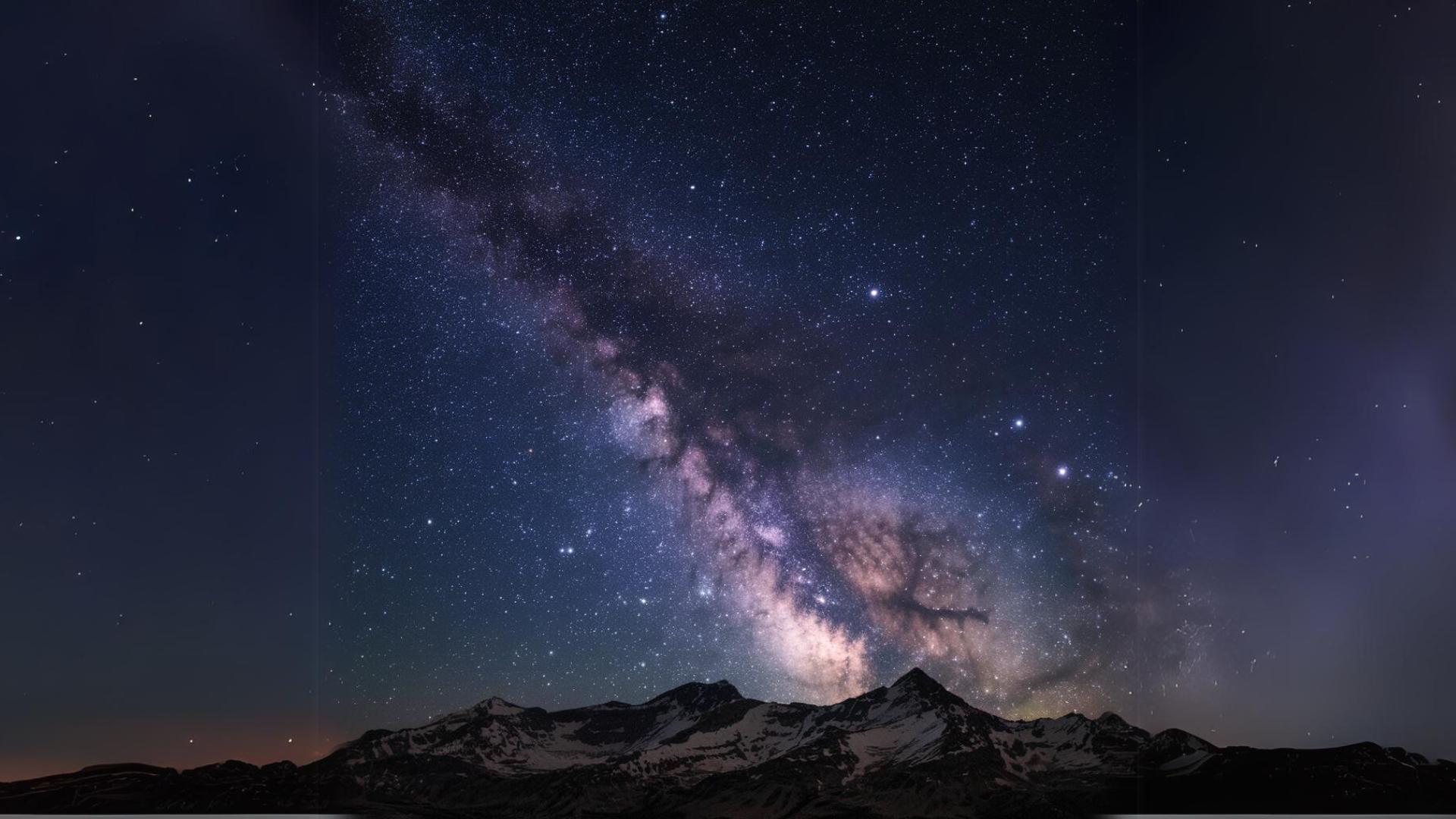
These rogue planets are similar to stars because they likely formed in a similar way. Both stars and these rogue planets begin as clouds of gas and dust in space. For stars, this cloud contracts under gravity until it becomes dense and hot enough to start nuclear fusion, which makes a star shine.
However, the rogue planets didn’t gain enough mass to ignite like stars. Instead, they remained as large gas giants, similar in size to Jupiter. This means that while they started off like stars, they ended up as planets, making them a fascinating hybrid between the two types of celestial objects.
Drifting Alone
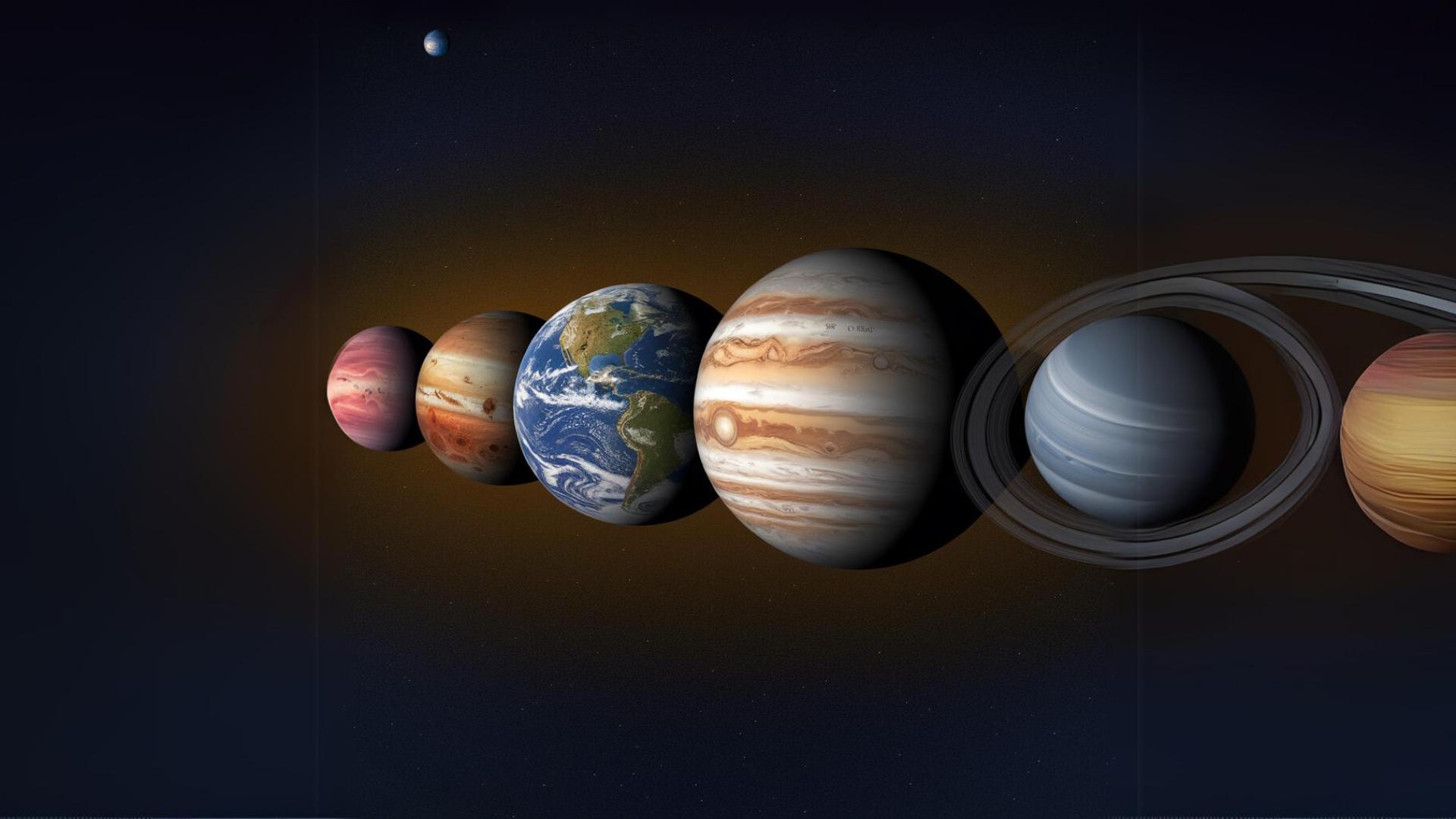
Unlike Earth, which is pulled by the Sun’s gravity, these planets float freely through space, completely on their own. They move through the darkness without any light or warmth from a nearby star.
Scientists aren’t sure how these planets ended up alone—whether they were formed this way or were somehow thrown out of a star system
What Rogue Planets Could Teach Us About Life Beyond Earth
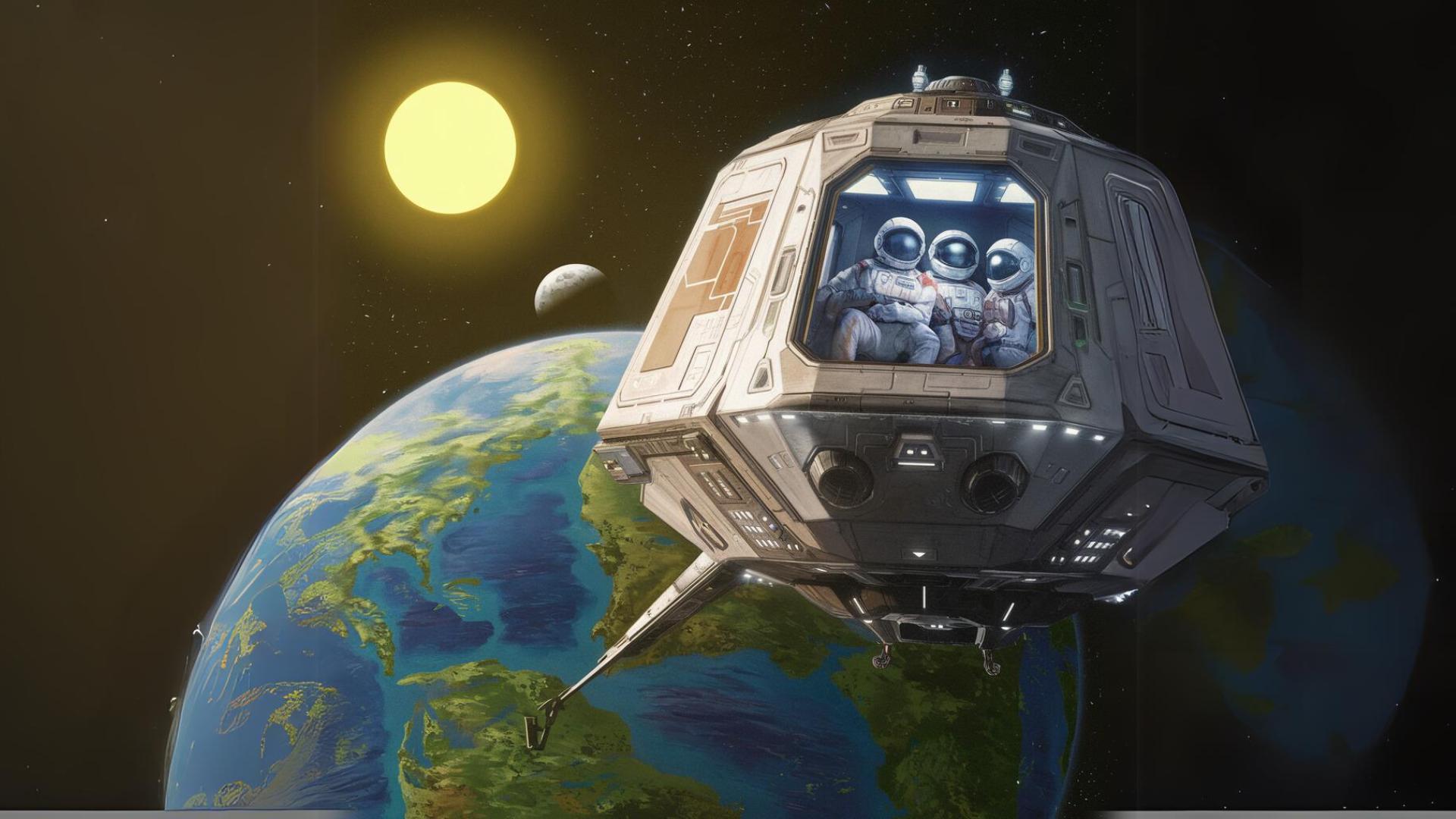
This discovery can teach us a lot about the potential for life in the universe. Since these planets formed in a way that’s more like stars, they might have conditions different from the planets we usually study.
If some of these rogue planets have thick atmospheres or even warm interiors due to residual heat, they could, in theory, host forms of life that don’t rely on sunlight. By studying these planets, scientists can explore new ideas about where and how life might exist beyond Earth!
Still Much To Learn
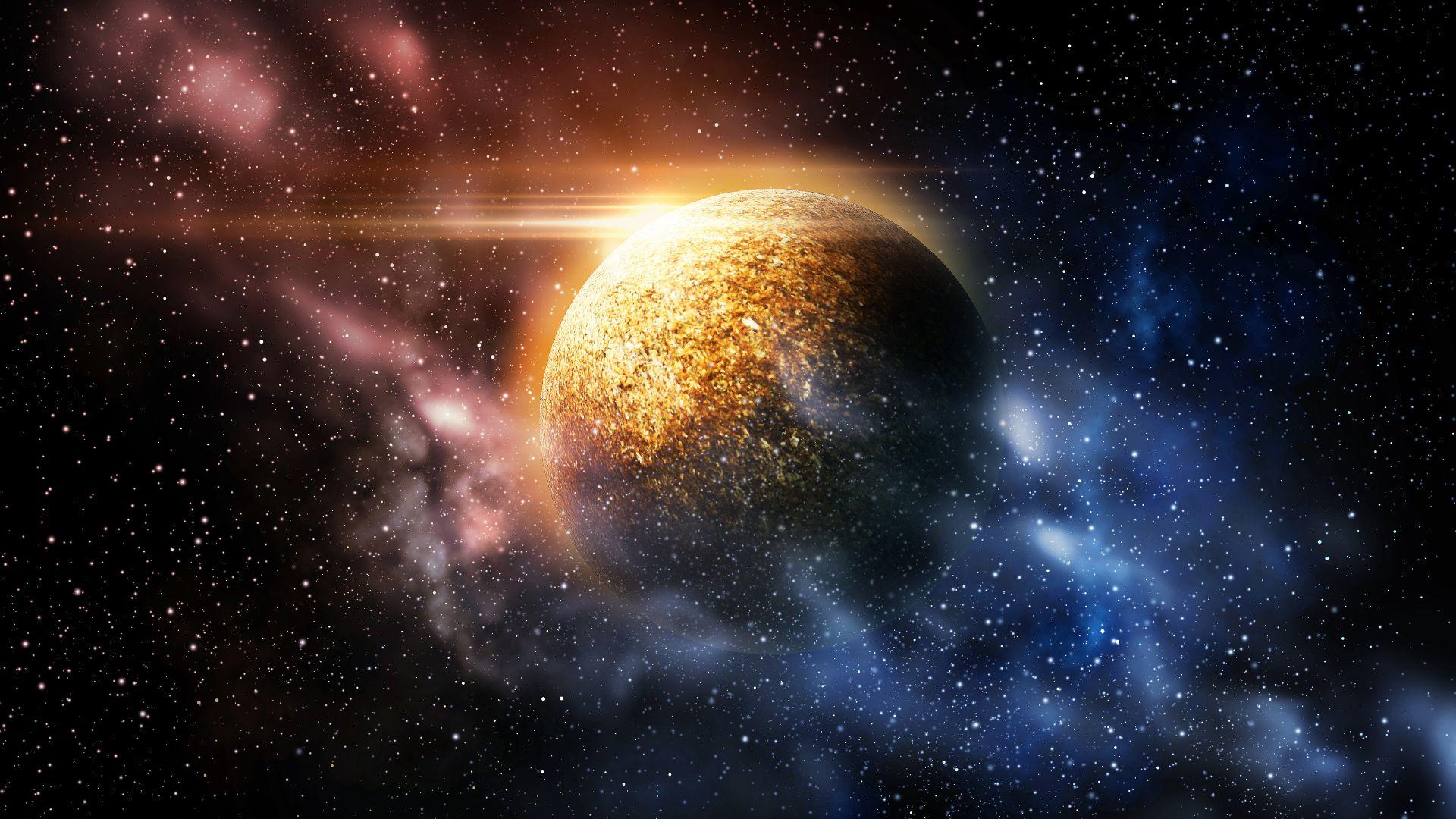
The discovery of rogue planets is shaking up our understanding of the universe. These planets don’t fit into the usual categories, making scientists rethink what they know about how planets and stars form.
The more we learn about these mysterious worlds, the more we realize there’s still so much we don’t know about how the universe works.
Abundance of Rogue Planets
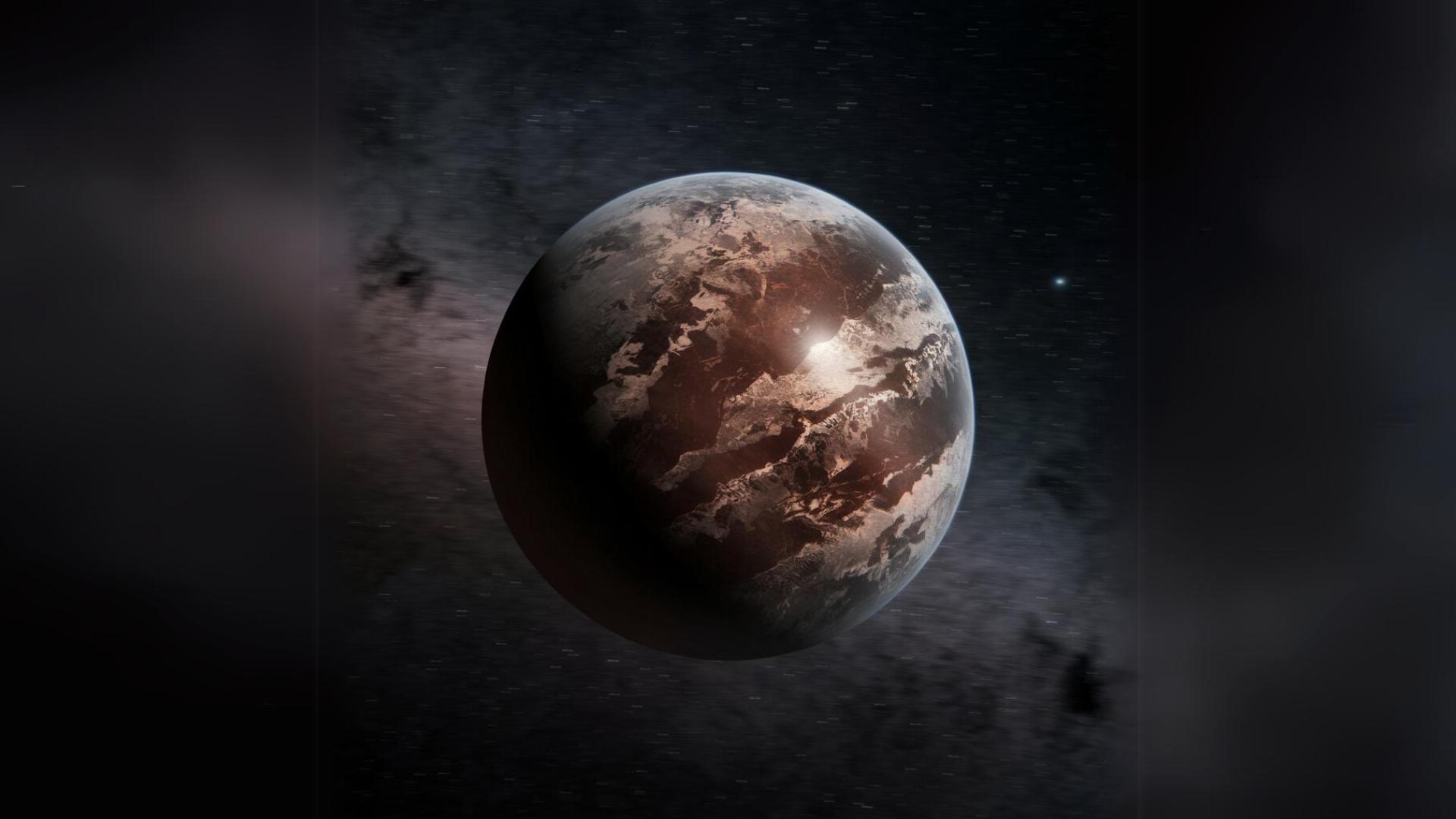
The discovery of six rogue planets by the James Webb Space Telescope has made scientists rethink how common these free-floating worlds might be. It turns out, rogue planets could be much more abundant than we previously thought.
Some estimates suggest there could be billions or even trillions of these planets drifting through our galaxy. This means there might be more rogue planets than planets orbiting stars. These lonely planets, which travel through space without a solar system, challenge our understanding of how planets form and survive.
A New Sign Of Life?

Rogue planets could potentially support life, even though they don’t have a star to provide warmth. If these planets have thick atmospheres, they might trap enough heat to keep their surfaces warm. This could allow liquid water to exist, which is crucial for life. While it’s a long shot, the discovery of these planets expands our thinking about where life might be found in the universe.
These unique environments could help us understand more about the different ways life might survive, even in the cold, dark reaches of space.

